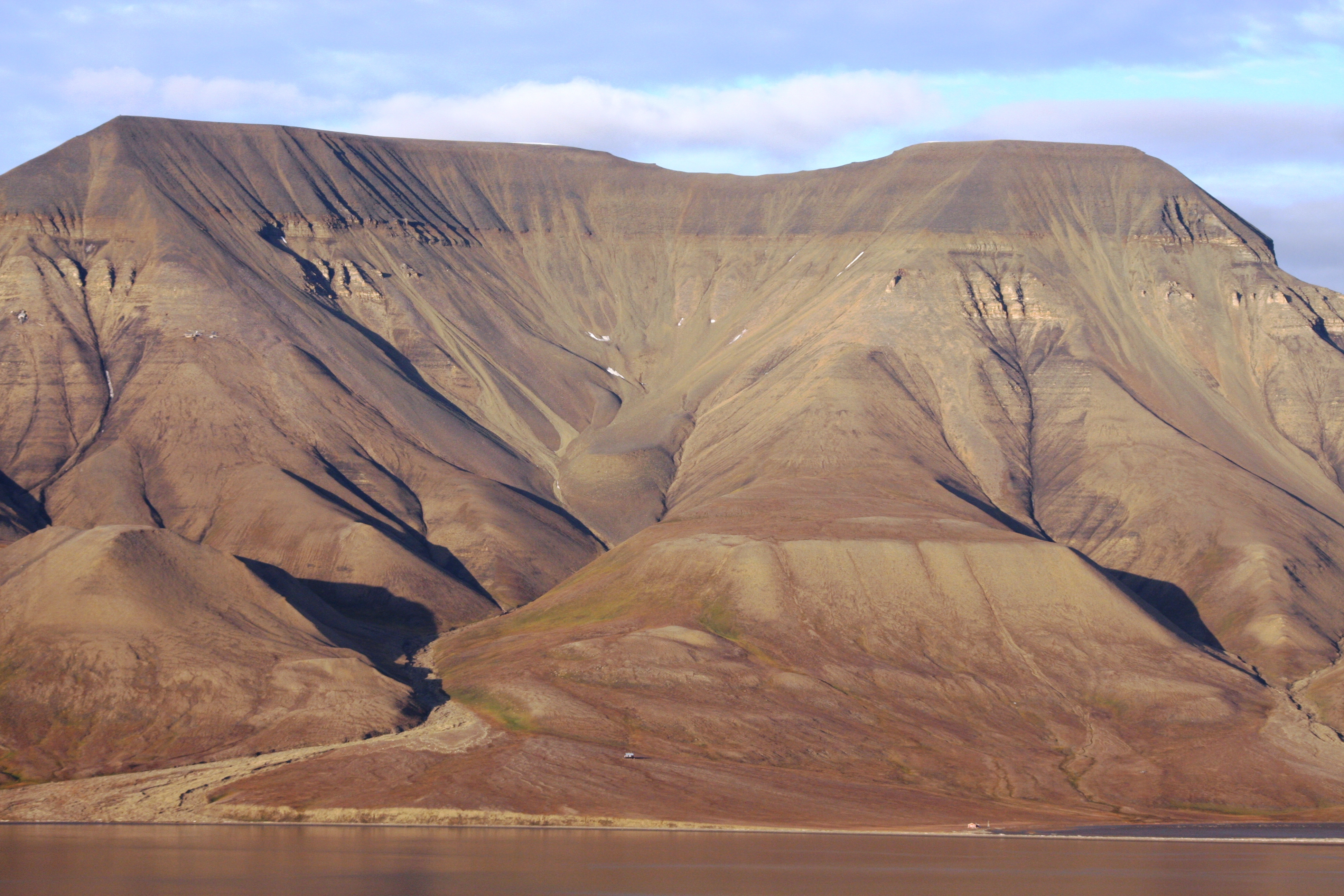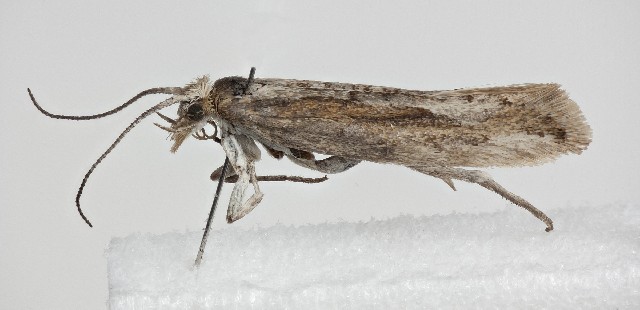-
current
recommendations- Liefdefjord
New page dedicated to one of Spitsbergen's most beautiful fjords. Background information and many photos.
- New Spitsbergen guidebook
The new edition of my Spitsbergen guidebook is out and available now!
- Liefdefjord
New page dedicated to one of Spitsbergen's most beautiful fjords. Background information and many photos.
Page Structure
-
Spitsbergen-News
- Select Month
- June 2025
- May 2025
- April 2025
- March 2025
- February 2025
- January 2025
- December 2024
- November 2024
- October 2024
- September 2024
- August 2024
- July 2024
- June 2024
- May 2024
- April 2024
- March 2024
- February 2024
- January 2024
- December 2023
- November 2023
- October 2023
- September 2023
- August 2023
- July 2023
- June 2023
- May 2023
- April 2023
- March 2023
- February 2023
- January 2023
- December 2022
- November 2022
- October 2022
- September 2022
- August 2022
- July 2022
- June 2022
- May 2022
- April 2022
- March 2022
- February 2022
- January 2022
- December 2021
- November 2021
- October 2021
- September 2021
- August 2021
- July 2021
- June 2021
- May 2021
- April 2021
- March 2021
- February 2021
- January 2021
- December 2020
- November 2020
- October 2020
- September 2020
- August 2020
- July 2020
- June 2020
- May 2020
- April 2020
- March 2020
- February 2020
- January 2020
- December 2019
- November 2019
- October 2019
- September 2019
- August 2019
- July 2019
- June 2019
- May 2019
- April 2019
- March 2019
- February 2019
- January 2019
- December 2018
- November 2018
- October 2018
- September 2018
- August 2018
- July 2018
- June 2018
- May 2018
- April 2018
- March 2018
- February 2018
- January 2018
- December 2017
- November 2017
- October 2017
- September 2017
- August 2017
- July 2017
- June 2017
- May 2017
- April 2017
- March 2017
- February 2017
- January 2017
- December 2016
- November 2016
- October 2016
- September 2016
- August 2016
- July 2016
- June 2016
- May 2016
- April 2016
- March 2016
- February 2016
- January 2016
- December 2015
- November 2015
- October 2015
- September 2015
- August 2015
- July 2015
- June 2015
- May 2015
- April 2015
- March 2015
- February 2015
- January 2015
- December 2014
- November 2014
- October 2014
- September 2014
- August 2014
- July 2014
- June 2014
- May 2014
- April 2014
- March 2014
- February 2014
- January 2014
- December 2013
- November 2013
- October 2013
- September 2013
- August 2013
- July 2013
- June 2013
- May 2013
- April 2013
- March 2013
- February 2013
- January 2013
- December 2012
- November 2012
- October 2012
- September 2012
- August 2012
- July 2012
- June 2012
- May 2012
- April 2012
- March 2012
- February 2012
- January 2012
- December 2011
- November 2011
- October 2011
- September 2011
- August 2011
- May 2011
- April 2011
- March 2011
- February 2011
- January 2011
- December 2010
- November 2010
- September 2010
- August 2010
- July 2010
- June 2010
- May 2010
- April 2010
- March 2010
- February 2010
- November 2009
- October 2009
- August 2009
- July 2009
- June 2009
- May 2009
- April 2009
- March 2009
- February 2009
- January 2009
- December 2008
- November 2008
- October 2008
- August 2008
- July 2008
- June 2008
- May 2008
- April 2008
- March 2008
- February 2008
- April 2000
- Select Month
-
weather information
-
Newsletter

| Guidebook: Spitsbergen-Svalbard |
Home
→ February, 2017
Monthly Archives: February 2017 − News & Stories
New avalanche at Hiorthfjellet
A new avalanche has descended at Hiorthfjellet on the north side of the Adventdalen, opposite Longyearbyen. No one was harmed. Security forces have investigated the site and found no damage or trapped persons.
Hiorthfjellet in summer (Image: By Bjoertvedt, Wikimedia Commons)
The evacuation of most of the households in Longyearbyen has now been partly canceled. However, numerous houses in Route 222, 226 and 28 still remain closed to the residents. They were able to get personal items from their homes yesterday during the day. The avalanche warning still exists.
Souce: Sysselmannen
92 households in Longyearbyen evacuated
92 households in Longyearbyen are currently being evacuated because further avalanches are feared. The avalanche, which yesterday damaged two houses in way 228, was obviously underestimated by the authorities in advance. During the night at least one more avalanche has come down on Gruve 7 way, but luckily without doing any damage.
On the basis of an unclear situation, the avalanche warning was now raised to the highest level 4. 92 households in Longyearbyen are being evacuated, but also a more extensive evacuation is considered, and maybe the sports hall has to be used as an emergency shelter. Two houses with six households were yesterday strongly damaged by avalanches. There was an avalanche warning, but it did not affect any buildings.
However, a lot of people in Longyearbyen don’t trust the avalanche warning system anymore. Last year two people were killed in an avalanche accident in their homes, which still awakens some bad memories.
Source: Svalbardposten, NVE
Avalanche in Longyearbyen
On Tuesday mid day, an avalanche from the mountain Sukkertoppen hit houses in Longyearbyen and destroyed two buildings in way 228, close to the position of those houses that were destroyed during the avalanche in December 2015. Two lives were lost in 2015.
This time, people have escaped with luck. As far as is known so far, there is no injury or loss of life.
There had been strong easterly winds and drifting snow since Monday evening, a weather situation similar to that before the 2015 avalanche. The local administration had issued an avalanche warning with the conclusion that infrastructure and buildings in Longyearbyen were not at risk. This evaluation was obviously wrong.
Those directly concerned experienced some dramatic moments, but escaped with some luck.
The area hit and other ways that might be at risk as well as the pedestrian bridge Perleporten are closed until further notice from official side.
Place where the avalanche accident occurred
Source: Svalbardposten
“Repository” for plastic waste at 2500 meters depth
Two researchers from the Alfred Wegener Institute in Bremerhaven found large amounts of plastic waste at a depth of 2500 meters on the seabed in the Framstrait, a strait between Greenland and Spitsbergen.
From 2002 to 2014, the Framstrait seabed was systematically photographed with a remote-controlled camera. The result of the study is dramatic: the deep sea threatens to become a kind of “repository for plastic waste”, fears deep sea biologist Dr. Melanie Bergmann. In 2014 6333 plastic parts were counted in the region on a square kilometer seabed! Although there is relatively little human influence here, the amount of plastic waste is comparable to that found close to large cities, for example in the lower waters of Lisbon.
Unfortunately just one of many: plastic bag – photograph taken at 2500 meters depth… (Image: Melanie Bergmann, Alfred-Wegener-Institut)
Where exactly the garbage comes from, can not be said doubtlessly. What is certain is that plastic waste is also transported into polar regions with the Gulf Stream. In Framstrait several large streams of sea meet. It is the only link between the polar sea and the oceans. But also the sea ice could transport plastic parts, says Dr. Melanie Bergmann. If the ice melts in summer, plastic waste can be released.
At the beginning of February an obviously sick Cuvier’s Beaked Whale (Ziphius cavirostris) stranded on the island of Sotra close to Bergen. The Cuvier’s Beaked Whale is actually a deep-sea whale, which very rarely stays in coastal areas. In his stomach, more than 30 plastic bags were found …
Source: Alfred-Wegener-Institut, NRK, Aftenposten
Supposedly extinct butterfly discovered
A small butterfly, that was considered to be extinct, ended up in the net of some researchers in the north of Spitsbergen. Plutella Polaris was last seen 147 years ago in 1870, before Geir Søli discovered it again.
The researcher of the Natural History Museum in Oslo visited Ringhorndalen in the Wijdefjorden in summer 2015 to map plants and insects in the area. When he discovered a small gray butterfly in the squid, he regarded it first as a close relative of Plutella polaris, which is called Plutella xylostella, a species more frequent in the north of Norway and sometimes is blown to Spitsbergen by the wind. Ringhorndalen is a valley well protected from the weather and therefore relatively warm and fertile.
Plutella Polaris, © Karsten Sunde, Naturhistorisk Museum, Oslo, Norway
The rather inconspicuous butterfly must have developed enormous adaptive abilities in order to survive in Spitsbergen. The little guy would only in a very short period in summer be able to find enough food. Plutella Polaris is one of only three species of butterflies registered on Spitsbergen.
The occurrence or disappearance of species is particularly interesting with regard to the effects of climate change. Researcher Geir Søli hopes that soon more exciting discoveries will fly into his net…
Source: Forskning.no, Svalbardposten
News-Listing live generated at 2025/June/15 at 07:03:24 Uhr (GMT+1)
































